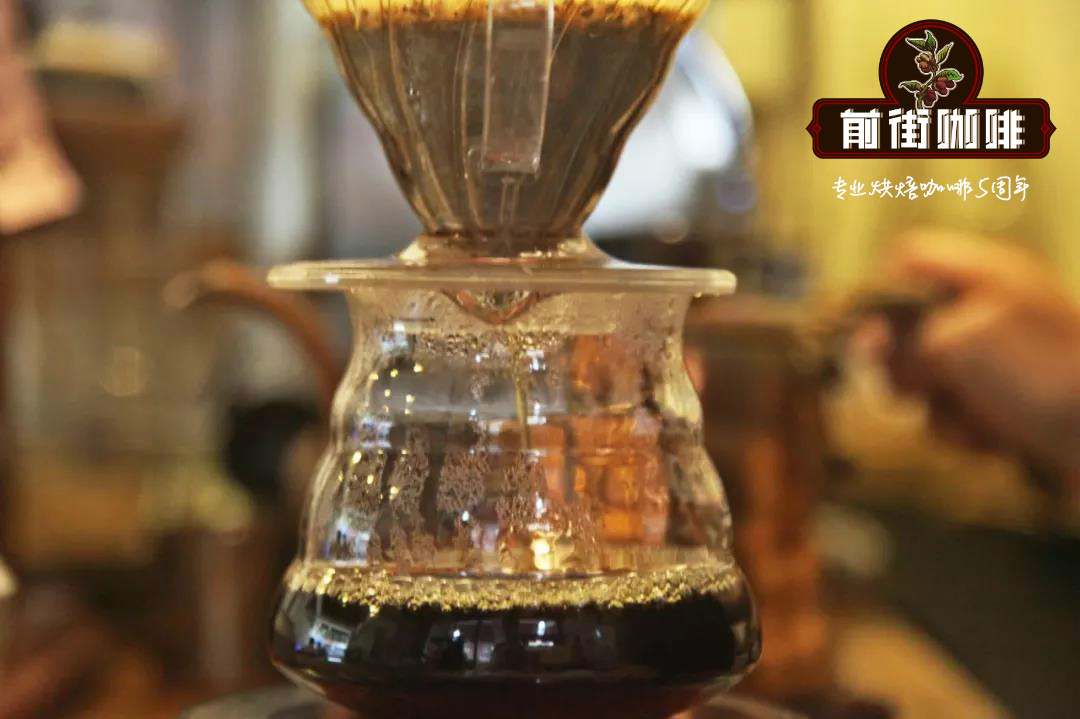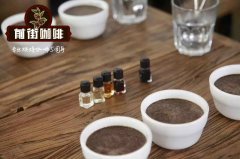A brief introduction to the Chiapas Plateau of Mexico the characteristics of organic coffee in the Chiapas Plateau of Mexico

Professional coffee knowledge exchange more coffee bean information please follow the coffee workshop (Wechat official account cafe_style)
Country: Mexico
Mexico Coffee producing area: Chiapas Plateau
Rating: Altura
Producer: OPCAAC Organic small Farmers production Organization
Treatment: traditional washing
Variety: Kaddura (Caturra)
Altitude: 900m to 1100 m
Harvest time: October of each year to March of the following year
Mexico is one of the largest producers of organic certified coffee, mostly sold to the United States because of geographical factors. The country's coffee industry, which began in the 19th century and was introduced through Jamaica, is mainly planted with Arabica varieties near Soconusco, a neighboring Guatemala on the Pacific coast. In the early 1990s, the southern state of Chiapas became the most important coffee producing region in Mexico, producing about 275000 tons of coffee a year, accounting for 45 per cent of the country's production. More than 2 million of Mexicans depend on coffee for a living, and 75 per cent of Mexican coffee farmers work on less than two hectares of land. These small farmers produce about 30 per cent of the country's Mexican coffee each year, while the rest are produced by large or high-capacity farms. Since 1988, especially in Chiapas, the government has increased income by providing simple loans to farmers and encouraging the development of woodland, encouraging poor coffee farmers to increase production and expand planting areas.
Chiapas is located on the plateau at the southern tip of Mexico bordering Guatemala. In 1991, the Mexican National Institute conducted a study on the protection of the rights of local indigenous peoples and enhanced the protection of indigenous residents through the formulation of product trade regulations. under such purposes and conditions, cooperative organizations in various districts are springing up like bamboo shoots after a spring rain. OPCAAC, whose full name is Organizaci ó n de Productores de Caf é de Á ngel Albino Corzo, is an organic smallholder production organization in Chiapas. OPCAAC, founded in 1995, establishes a farm management system, emphasizes the open and transparent independent production and marketing information of coffee farmers, and sets standards to avoid over-exploitation of land. The organization provides its members with assistance in micro-loans, technical training, social activities, etc., and continues to pay attention to the development of organic agriculture and ecological protection.
OPCAAC aims to create the value of the local coffee industry and improve the quality of life of local farmers through fair trade and eco-friendly agricultural production. OPCAAC members use environmentally friendly farming methods to reclaim land, establish sustainable economic and social management and improve the quality of their products through the development of regional organizations.
Mexican coffee flavor description: nuts, low acidity, spice cream, cool herbs, smooth and mild taste
Important Notice :
前街咖啡 FrontStreet Coffee has moved to new addredd:
FrontStreet Coffee Address: 315,Donghua East Road,GuangZhou
Tel:020 38364473
- Prev

Nicaraguan Yushi Coffee producing area introduces the story of Nicaraguan Yushi variety discovery
Professional coffee knowledge exchange more coffee bean information please follow the coffee workshop (Wechat official account cafe_style) how did Abyssinia in Ethiopia spread to the Congo and even Nicaragua? WCR's report surprised Miguel Meza, because neither Miguel himself, nor anyone he knew, raw bean merchants, had ever heard of Congolese products.
- Next

Characteristics of Brazilian Santos Coffee what are the characteristics of Brazilian Santos producing areas? is there a large output of coffee beans?
For more information on coffee beans, please follow the coffee workshop (Wechat official account cafe_style) while Brazilian Santos Coffee is famous for its export port of Santos, mainly produced in the states of Sao Paulo and Panama, and is one of the highest output and the best quality in Brazil. Therefore, many mixed coffees are based on Brazilian Santos coffee.
Related
- Does Rose Summer choose Blue, Green or Red? Detailed explanation of Rose Summer Coffee plots and Classification in Panamanian Jade Manor
- What is the difference between the origin, producing area, processing plant, cooperative and manor of coffee beans?
- How fine does the espresso powder fit? how to grind the espresso?
- Sca coffee roasting degree color card coffee roasting degree 8 roasting color values what do you mean?
- The practice of lattes: how to make lattes at home
- Introduction to Indonesian Fine Coffee beans-- Java Coffee producing area of Indonesian Arabica Coffee
- How much will the flavor of light and medium roasted rose summer be expressed? What baking level is rose summer suitable for?
- Introduction to the characteristics of washing, sun-drying or wet-planing coffee commonly used in Mantenin, Indonesia
- Price characteristics of Arabica Coffee Bean Starbucks introduction to Manning Coffee Bean Taste producing area Variety Manor
- What is the authentic Yega flavor? What are the flavor characteristics of the really excellent Yejasuffi coffee beans?

